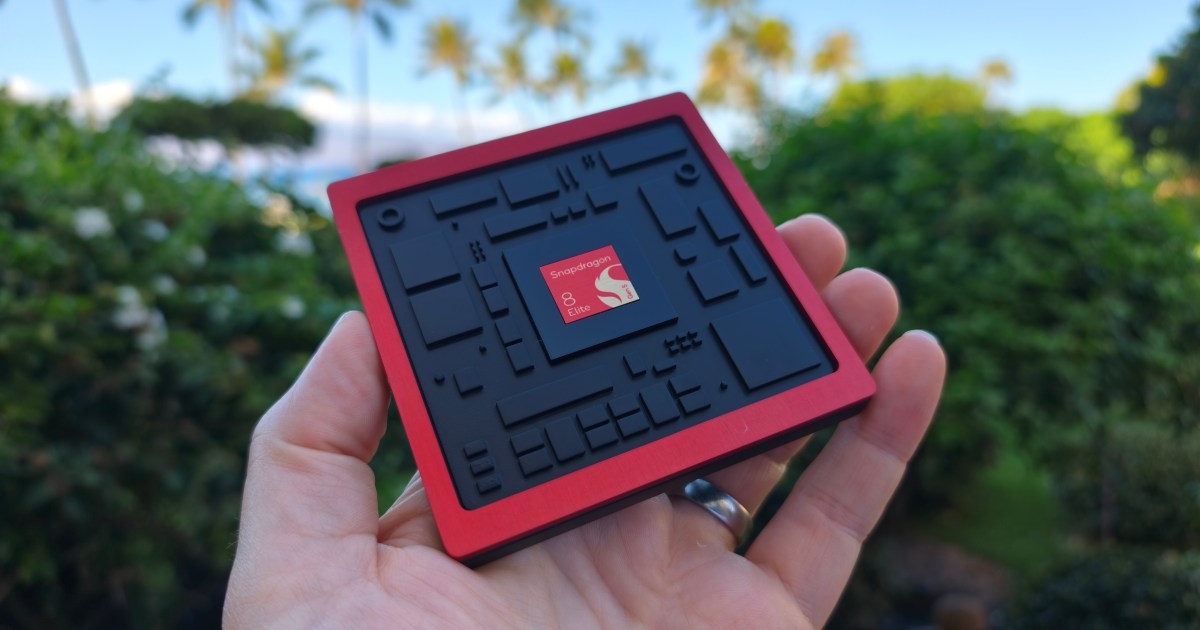What’s happened? Qualcomm’s latest chip, the Snapdragon 8 Elite Gen 5, is manufactured using TSMC’s N3P technology, but that could change soon, courtesy of the Korean tech giant, which has not given up on its foundries and is close to a breakthrough.
Samsung, not TSMC, is developing a 2nm version of the Snapdragon 8 Elite Gen 5 chipset, with samples sent to Qualcomm for evaluation (via New Daily).
The company has manufactured this chip using its 2nm Gate-All-Around (GAA) process, which features new logic gate designs and reduced transistor spacing.
Why is this important? Usually, Samsung gets an overclocked version of Qualcomm’s flagship chipset for its numbered Galaxy S series devices, referred to as the ‘for Galaxy’ version.
The Snapdragon 8 Elite Gen 5 is already among the most powerful Android chips on the market.
Remaking the chip on the 2nm fabrication technology will result in a more powerful and even more efficient version of the 8 Elite Gen 5 chip than the current version, potentially dethroning the A19 Pro on the iPhone 17 Pro.
This also indicates that Samsung’s foundry has made significant improvements in its yield rates, thermal efficiency, and stability (for Qualcomm to consider the samples).

Digital Trends
Why should I care? If Qualcomm approves the samples, the Samsung-made 2nm version of the chip will debut on the Galaxy Z Flip 8. Based on the current launch cycle, the next-generation foldable could arrive in the second half of 2026, likely in July or August. The current-generation Galaxy Z Flip 7 uses an Exynos 2500 chip, which is based on Samsung’s 3nm technology.
OK, what’s next? The real-world benefits of using advanced 2nm fabrication technology include improved battery life, enhanced performance, and cooler operation, all of which can benefit a compact, foldable device.
Samsung producing the chip in-house could also help keep the costs lower, resulting in competitive phone pricing (it would still have to pay a licensing and usage fee to Qualcomm, though).
If Qualcomm likes Samsung’s samples, it could replace TSMC as its primary supplier for its annual flagship chipset, though that looks pretty far-fetched at this point.

